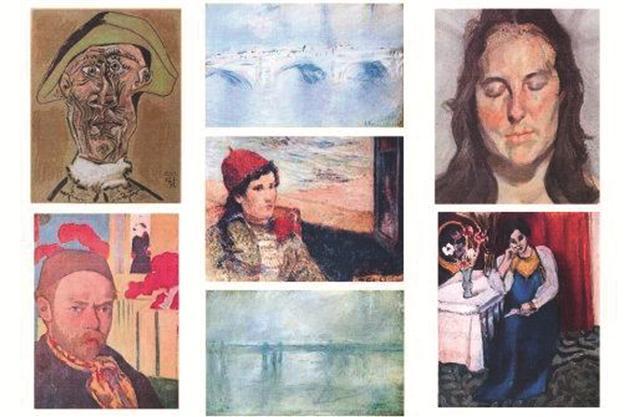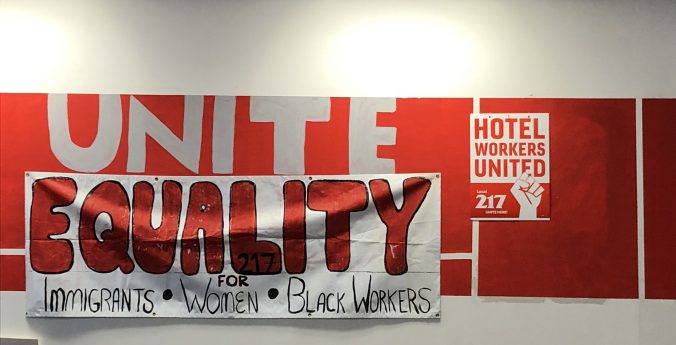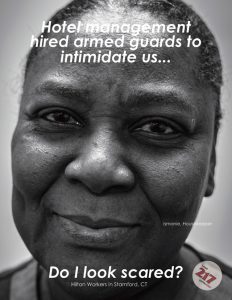This weekend, the 24th Conference of the Parties to the United Nations Framework Convention on Climate Change (COP24) met in Katowice, Poland with the aim of reaching a global climate agreement. Almost 200 hundred nations’ diplomats were in attendance, and all agreed to track their annual greenhouse gas emissions, aligning with the goals set out in the 2015 Paris Agreement. With steadily increasing climate-related natural disasters and CO2 emissions that continue to rise, global warming is an issue that needs to be addressed not just internationally, but locally too. How can museums contribute to this conversation? Or, better yet, how can museums practice and promote climate activism?
With their frequent public programs focused on sustainability and climate change, the Hammer Museum is an excellent role model for other museums to follow in seeking to create more educational opportunities related to climate conversations. In the past year alone, the Museum hosted (free) monthly panel discussions concerning water usage, environmental equity, renewable energy sources, and ecosystems.
Similarly, many museums across the country feature rotating exhibitions that address conservation. The Museum of Science in Boston, for instance, currently displays three exhibits about wind power and other green energy alternatives. However, visitors should sometimes take these exhibits with a grain of salt: I’ll never forget the experience of visiting the Perot Museum of Nature and Science in Dallas, TX and encountering an entire hall dedicated to “the benefits of fracking.” As it turns out, the exhibit was funded by Exxon.
While hosting programs about environmental conservation methods and creating platforms for discussing climate change is crucial, institutions must also consider clean energy and sustainable practices before the design and construction process for a new museum or remodeling project even begins. Both Boston Children’s Museum and the California Academy of Sciences in San Francisco have green roofs covered in native plants (and therefore bees), mechanisms for catching rain water, and other organic materials. “Living,” or green roofs such as these not only help reduce overall air pollution, but also function as natural insulators for buildings.
Finally, the American Alliance for Museums (AAM) is a great source for museums that wish to ground theirselves in green practices. The 2018 AAM annual meeting, for example, promoted the Environment and Climate Network to “establish museums as leaders in environmental stewardship and sustainability, and climate action.” Although COP24 is a strong start in the fight against further climate change, the issue can’t be modified without support from local institutions around the globe. I think museums are a wonderful place to begin.


